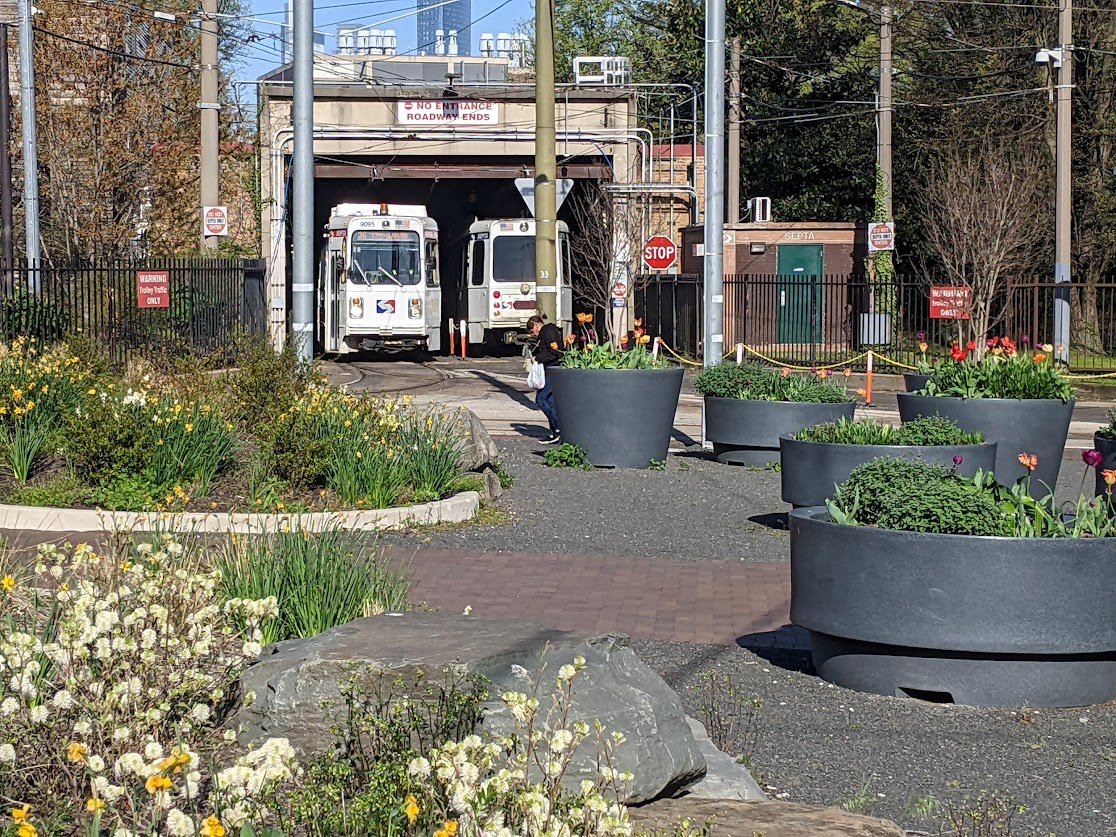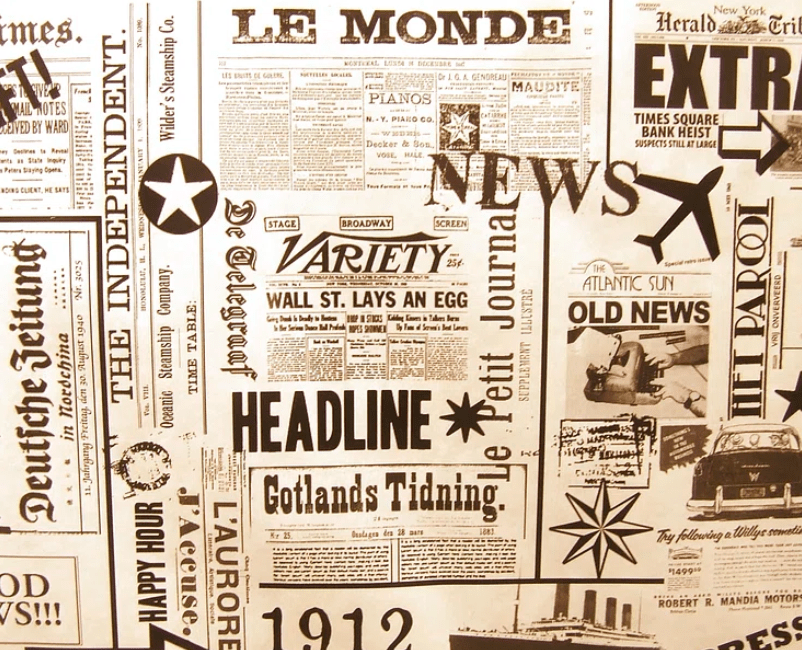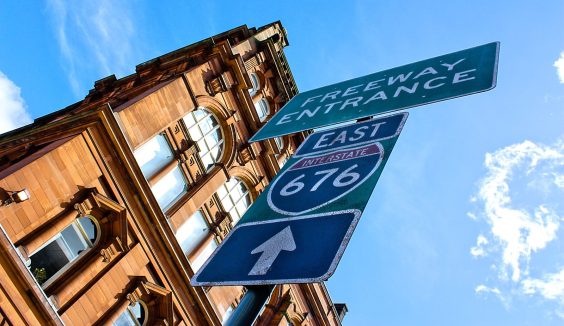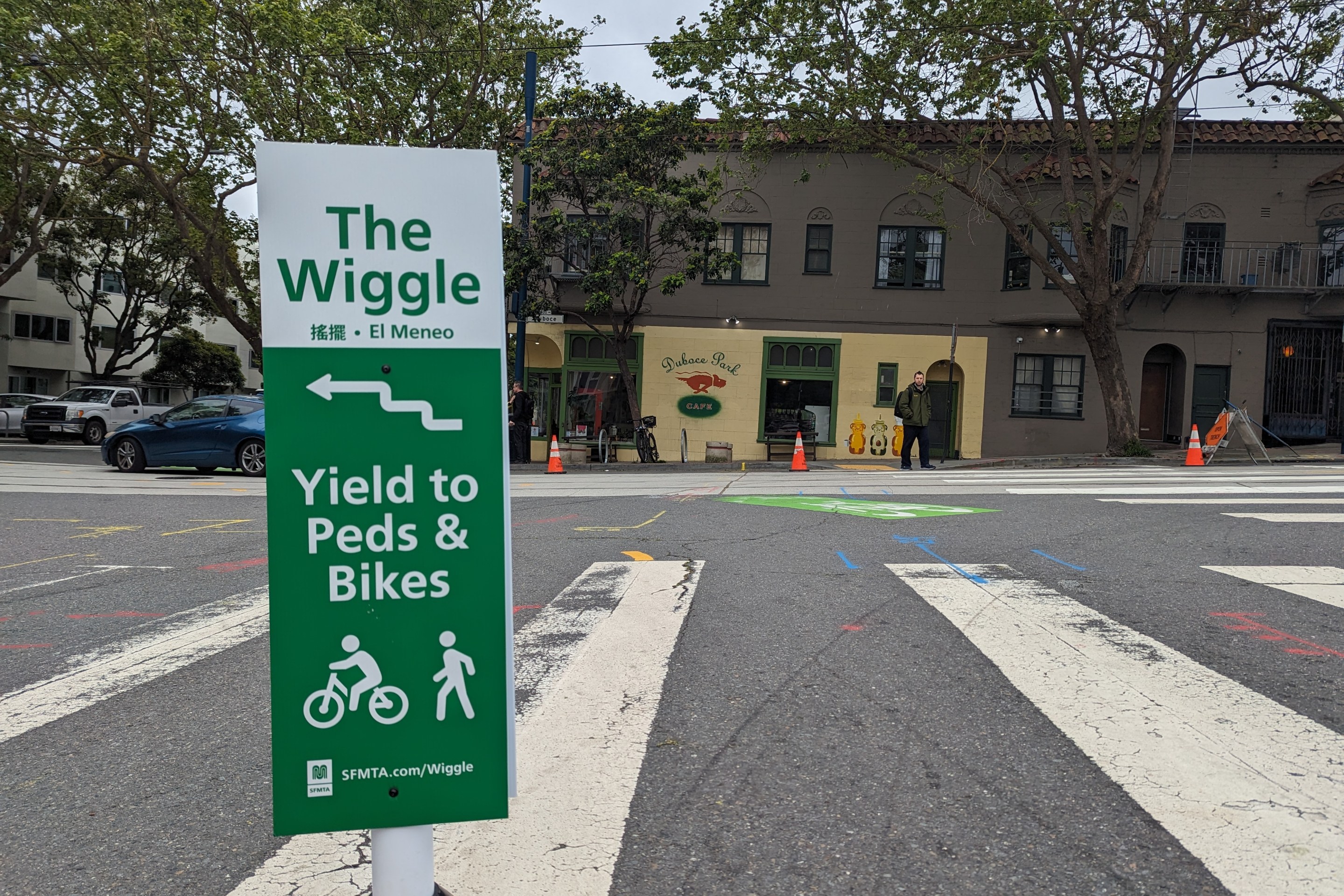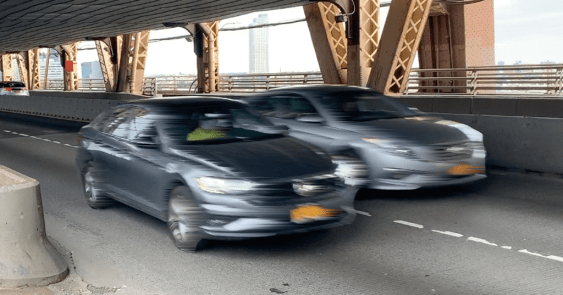Do San Francisco’s Historic Streetcars Keep Muni Stuck in the Past?
5:10 PM PDT on April 15, 2009
 Flickr photo: Telstar Logistics
Flickr photo: Telstar Logistics Don't get me wrong, I love San Francisco's historic streetcars. I have ridden them often and can appreciate the nostalgic bumpy rides, even more so if I don't have to stand, and can grab a seat and peer outside the small windows. But when I saw Rachel Gordon's story in the Chronicle this week about how Muni plans to renovate Streetcar Number One for $1.9 million it really got me thinking: In these tight budgetary times, is that really where we want to be investing our precious transit dollars?
According to the MTA, the money for the project is a mix of capital dollars:
local funds (sales taxes) as well as state and federal grants, and it had been set aside for vehicle restoration. Fine, but how about this question:
"Why should San Franciscans only experience public transit's past? What
if we were to also show people what public transit's future looks like?" asked Tom Radulovich, director of Livable City and a member of the BART Board of Directors. "I don't want this to be a transit museum. I want this to be a city where transit actually works."
Why, Radulovich asks, couldn't the MTA invest in some modern low-floor trams, like in Milan, Italy, that would carry greater volumes of people, especially during peak hours, when the historic F-line streetcars are often jammed because of the overcrowded LRVs on Muni Metro? He said the historics also interfere with bus movement. Despite the costs of the modern trams, Radulovich said it's an issue advocates have been talking about.
 A modern low-floor tram in Milan, Italy. Flickr photo: martin97uk
A modern low-floor tram in Milan, Italy. Flickr photo: martin97uk"During rush hour you'd run high capacity cars that would move people along and then you'd run historics as well. And if you really want to ride the historic you could wait for the historic and go or if you were just interested in the car that was going to get you there or you were in, say a wheelchair, you'd have the modern low-floor cars that would supplement the historic service."
Under that scenario, the modern trams could run with the old streetcars on Market Street and the Embarcadero. Another option would be to only run the historic streetcars along the waterfront, from Aquatic Park to the Giants ballpark, or initiate the much talked about G-line that would provide historic streetcar service to Golden Gate Park from the N-Judah line.
Is all this just another San Francisco transit fantasy? Quite possibly, said Rick Laubscher, president of the Market Street Railway, who fiercely defended the historic streetcars as a big attraction for Muni, a service riders consistently tell him they love. He said it's the most successful, patronized, traditional streetcar line in the U.S.
"Over the course of many years there have been some assumptions that because these are so attractive to people, they must somehow be wrong, they must somehow be more expensive, they must somehow be something we shouldn’t have because it must be a guilty pleasure," said Laubscher.
Comparatively, Laubscher says Muni is getting more bang for its buck because the old streetcars last longer than the Breda light-rail vehicles and the buses. "They built those cars well back then." He also argues the historics have the capacity of a standard bus. Instead of limiting the service and adding modern trams, he would rather see, for example, a car-free Market Street, and ticket machines installed at stops to speed up boarding.
"Before you do anything to cannibalize one form of transit for another form of transit we should be looking to reduce automobile use. We should by start by enforcing the lanes that area already there," he said. Cars illegally using the bus and taxi lanes in San Francisco cause significant transit delays and over time cost Muni millions of dollars.
He said if we're going to talk about modern trams for Muni he'd like to see the discussion widen: "Why don't we really open up this dialogue and call for the complete overhaul of the subway, including the Central Subway, and do it to run with Eurotrams?"
Indeed, Radulovich would love to see modern trams replace all the Bredas, which are heavy and costly to maintain.
"If you're going to run streetcars why not run streetcars that are accessible and can actually carry a large volume of people? Streetcars on Market Street was really a great thing, and people enjoy them, but I think people might also enjoy the nice modern low-floor cars."
Stay in touch
Sign up for our free newsletter
More from Streetsblog San Francisco
Commentary: There is Zero Ambiguity to the West Portal Tragedy
What happened in West Portal was entirely predictable and preventable. The city must now close Ulloa to through traffic and make sure it can never happen again
Independent Safety Advocates Beef up the Wiggle
Signs and soft-hit posts installed by advocates make the Wiggle bike route calmer and safer for cyclists and pedestrians
